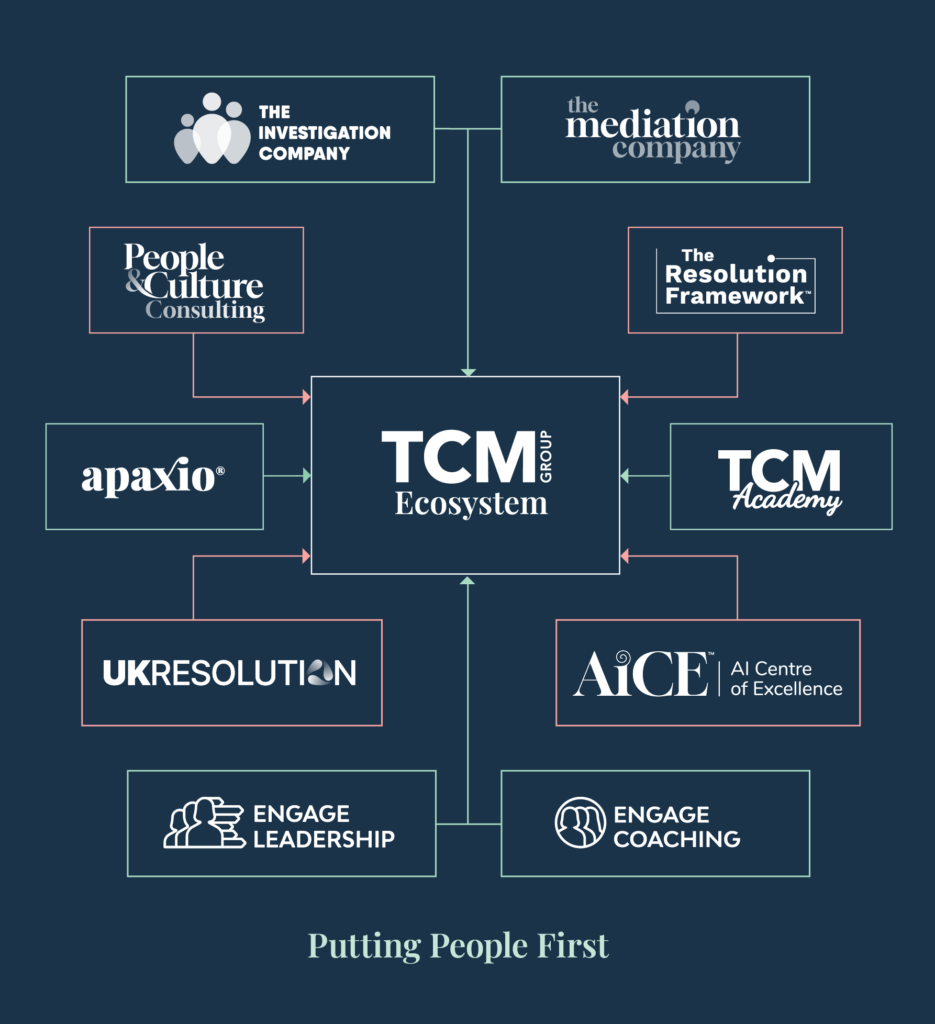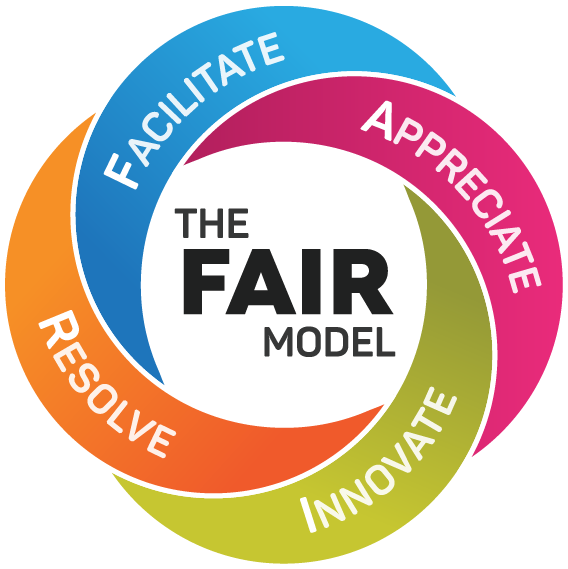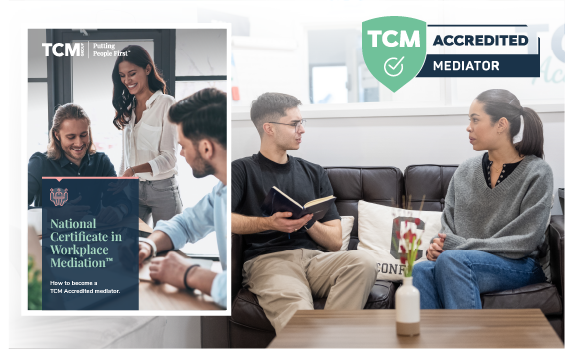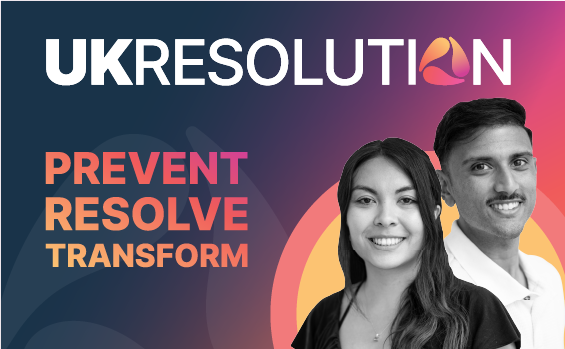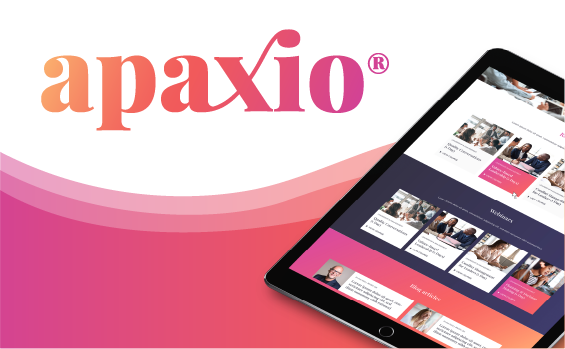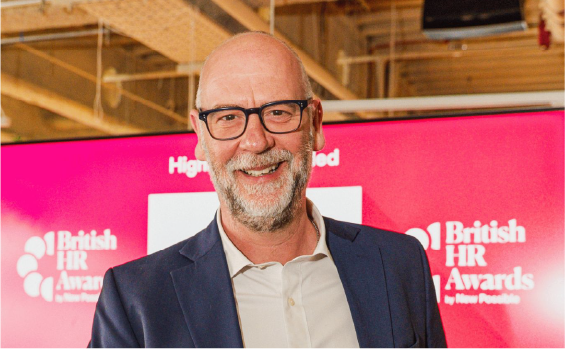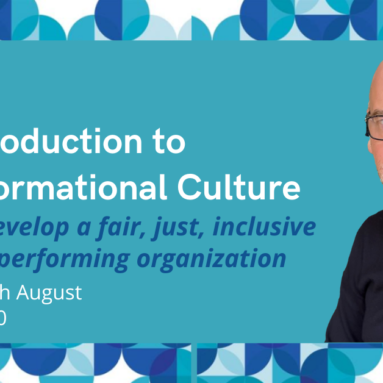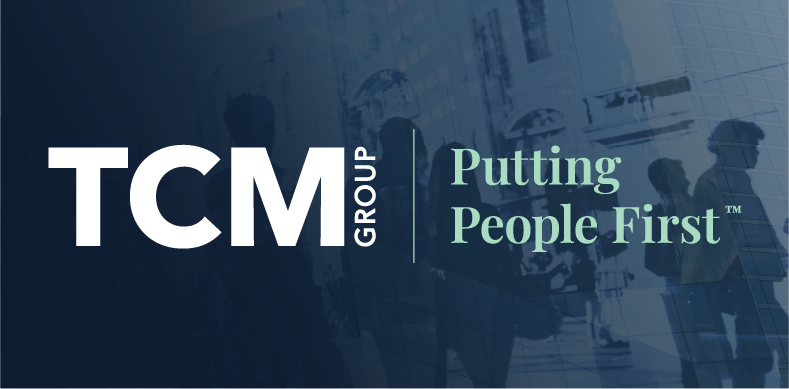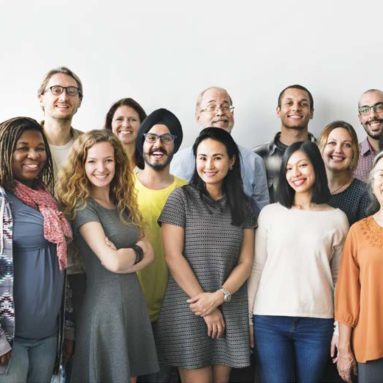
Download this case study


Read more case studies:
The Importance of Inclusivity in a Town Council
Living in the past
Sometimes, it’s the small things that have the biggest impacts. A gesture of good will can be the difference between friend or foe. The strength in taking the time to reach out with an email, or to participate in a team-building exercise, or quite simply to just show up should never be underestimated. It’s no small feat.
The team facilitation programme delivered to a team within a large Town Council stripped back and simplified human interaction. Something which we all use every day – with colleagues, family or strangers on the street – but is rarely regulated. Interaction, when left to its own devices, can foster negativity, misunderstanding and, in its worst eventuality, conflict. If we’re not communicating effectively, then we aren’t including. And if we’re not inclusive, we aren’t diverse. Without diversity, how can a Council represent everyone’s interests? One small choice – failing to wish someone a happy birthday or attending a group meeting – can act as a catalyst for total disruption. It’s the domino effect.
The sum of all three – negativity, misunderstanding, conflict – was the picture at the Town Council, formulated in 2017 with little accountability since. The council was split by a great divide: Councillors were elected for the position on a volunteer basis versus Officers that received a salary for their roles. Varying levels of vested interest, commitment and political alliances led to simmering contention. One female Councillor was not re-elected, who then blamed antiquated ideologies and a Council riddled with gender bias. A rift already causing cracks in the Council’s foundations had begun to separate entirely. This led to Resolution Consultants Anup Ravi and Stephen Adams’ intervention.
Moving against the tide
The first step was to talk to each individual within the Council. A theme would emerge throughout the case: the avenue of dialogue to connect, embrace and include. Stephen interviewed each member of the Council, from volunteer Councillors to paid Officers, and gained a full perspective of the divide. Each conversation was consumed with complaining and pointing fingers, stuck on how the Council was lingering far in the past. From this initial contact and discovery, a programme surrounding inclusion, positivity and communication was designed. A first meeting held at the end of July had no attendees. This spoke volumes to the Consultants about the current position of members on inclusion; no one was showing up for diversity. The meeting was pushed back to September – there were still no attendants. Stephen and Anup realised that they needed to stop being so flexible and start making demands. They set fixed dates for the programme and stated that there would be no further amendments.
The programme was held over two half-day sessions with four main actions in mind:
- Allow and encourage the Councillors and Officers time to meet prior to Town Council meetings to get to know each other.
- Celebrate Councillor and Officer Birthdays to practise positive interaction that feels good.
- Councillors and Officers to own one action each to bring their ideas for the future alive.
- Councillors and Officers to use their unique behaviour profiling and training to interact and communicate with each other.
On the first day of the programme, just two Councillors and two Officers attended. Rather than continue the culture of avoidance and blame, Anup and Stephen chose to address the lack of delegates head-on. The names of the absent parties were placed on empty chairs to face the present Officers and Councillors. The four attendees were forced to think about their peers’ positions and who they represented – an interaction with inclusion.
In 2024, three years’ time, would the Council want their meetings to look like this? A very real symbol of exclusion, indifference and apathy? It was time to reconstruct the vision of local government – to represent, include and collaborate. The very nature of the Town Council was to represent an intersection of contrasting ideologies and constituent affiliations. If their own representatives – elected or otherwise – couldn’t get together in one room, then it disserves democratic principles of accountability and responsibility. The stark reality of the space, surrounded by empty chairs, facilitated real conversation, collaboration and communication for the first time. Dialogue sparked by hope, concern and a desire to change.
If Councillors and Officers wanted to sit in a place of positivity and participation in three years, then they had to act now. Every decision and movement needed to reflect these future ideals. A first step was to take the strength to reach out to their colleagues with an email, urging them to join the next day of the programme. It was to be those small acts, building together to make a wider impact, that would make all the difference.
The next day, more Councillors and Officers showed up. It wasn’t perfect and the room wasn’t full – but it was a start. The opportunity for a new opportunity had been grasped by some, clearing the atmosphere of apprehension that had permeated the Town Council.
Shifting perspectives
The programme intended to cultivate a crucial sense of positivity in the hostile and conflicting environment, centring on three pillars of discovery and understanding: positivity, diversity and behaviour.
Promoting positivity:
An exercise of affirmative discussion began each day. Participants were invited to discuss their aspirations, the best thing that happened at the weekend, and something that they were recently proud of at work. This simple task practised learned skills of active listening, constructive dialogue and positive communication.
Deconstructing diversity:
The Consultants provided statistics surrounding inclusion to underline the importance and effectiveness of it in the workplace. Delegates began to break down the components of diversity – going beyond the singular identifier of gender – and understand the true nature of this in both work and life.
For instance:
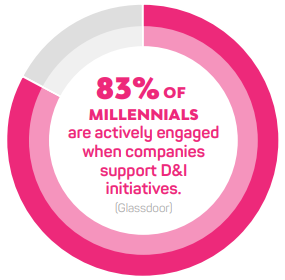
Bearing behaviours:
The programme used Dominance, Influence, Steadiness and Conscientious (DISC) profiling to categorise behaviour and emotions. This information was used to allow delegates to adapt to be more effective in work and life by recognising high and low points of their personalities. This training benefits individuals by:
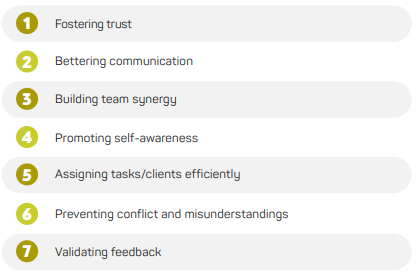
Working for the future
A bridge had started to be built to close the gap between Councillors and Officers. With a vision of 2024 in their minds, the Council could continue to work towards an environment of positivity, participation and inclusion for all. Following the programme, the Consultants received an email from the Council praising the opportunity that had been given to them. A fresh start and a new beginning, with hope now firmly on the horizon; reminding us once again that simple acts champion great change.
Stephen and Anup left the delegates with three final questions to think about now, and forever:
“Now you know who you are, how can your colleagues make you feel more included?”
“How can you bring out the best in each other?”
“What will your Council look like at 10am, Wednesday 27th September, 2024?”
Questions that we all, in some narrative, could ask ourselves a little more often.
